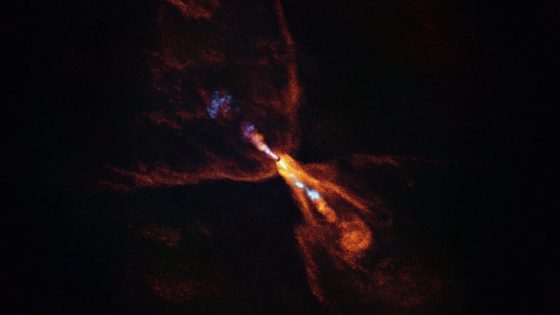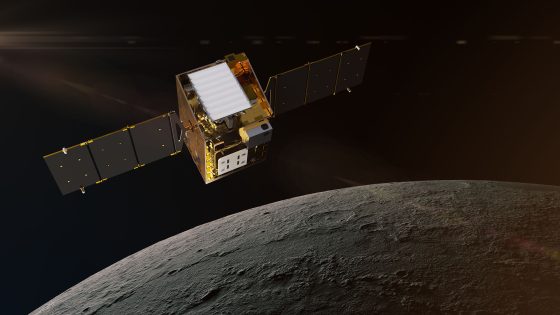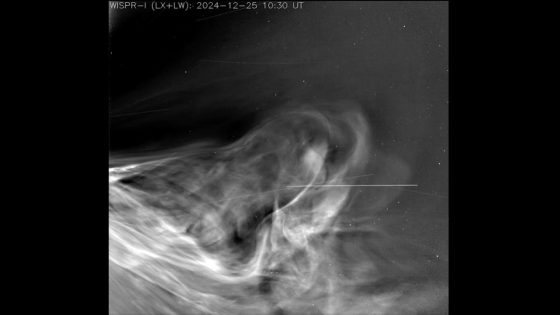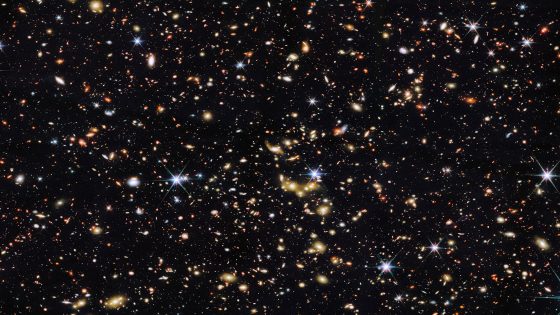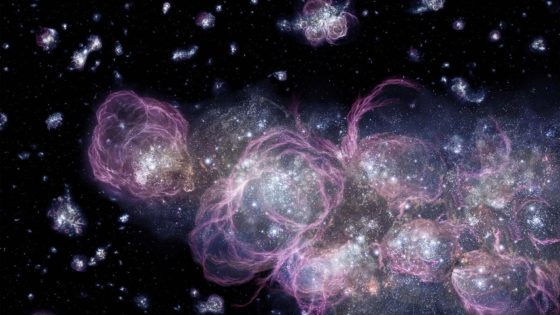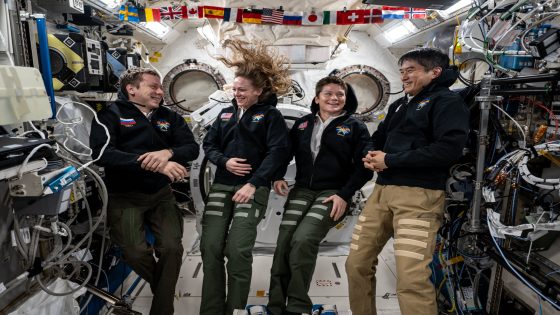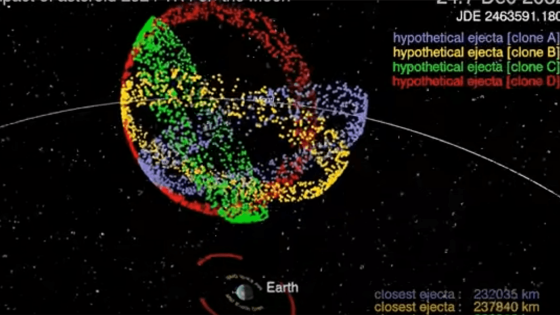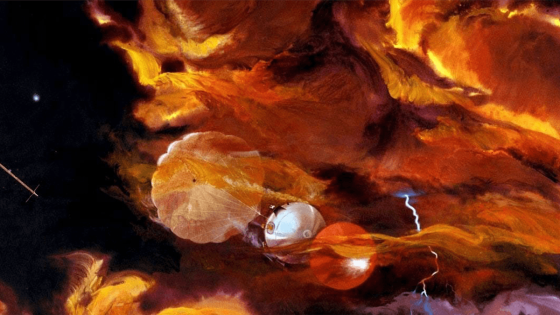The first-ever baby pictures of a solar system beyond our own have been unveiled, showcasing the stunning HOPS-315. This Sun-like protostar, located about 1,300 light-years away, offers a glimpse into the early stages of solar system formation. Published on 2025-07-16 19:00:00 in Nature, this groundbreaking study reveals how HOPS-315’s protoplanetary disk resembles our own solar system’s infancy.
- First baby pictures of a foreign solar system
- HOPS-315 resembles early solar system
- Protoplanetary disk crucial for planet formation
- Unique opportunity to study planetesimals
- Advanced telescopes reveal new cosmic details
- Discovery highlights perseverance in astrophysics
Lead author Melissa McClure emphasizes the significance of HOPS-315’s robust protoplanetary disk, which is teeming with planet-forming materials. Unlike older protostars, HOPS-315 is only about 100,000 years old, allowing astronomers to study its formation in real-time. This discovery could shed light on the origins of our own solar system.
This discovery raises intriguing questions about how solar systems evolve. What can we learn from HOPS-315 that applies to our own solar system? The findings suggest several key points:
- HOPS-315’s protoplanetary disk is rich in silicon monoxide, indicating active planet formation.
- It serves as a direct analog to our Sun during its formative years.
- The study utilized advanced telescopes like JWST and ALMA to gather unprecedented data.
As we continue to explore the cosmos, HOPS-315 opens new avenues for understanding solar system formation. Future research will undoubtedly enhance our grasp of planetary origins and the processes that shape them.



